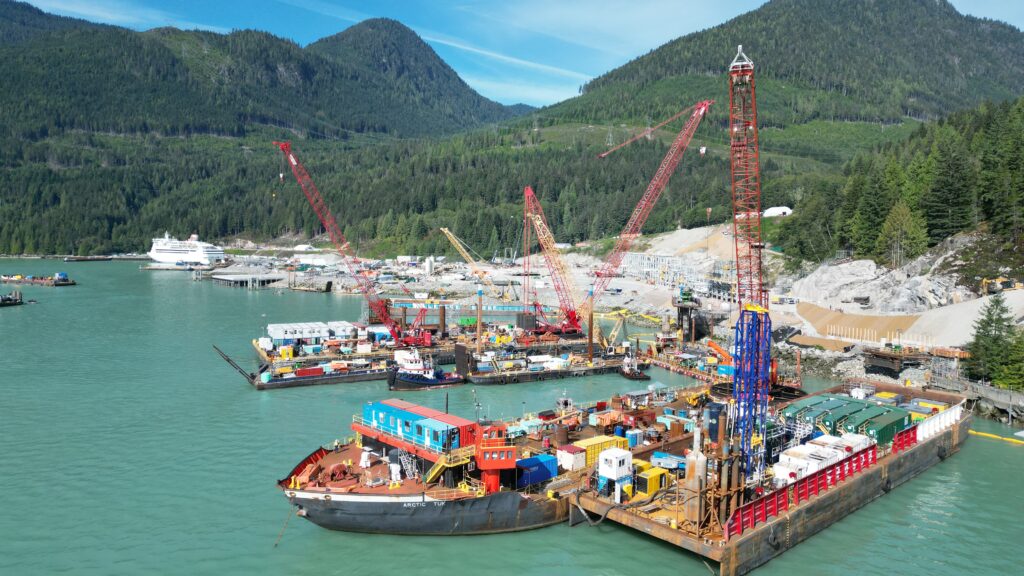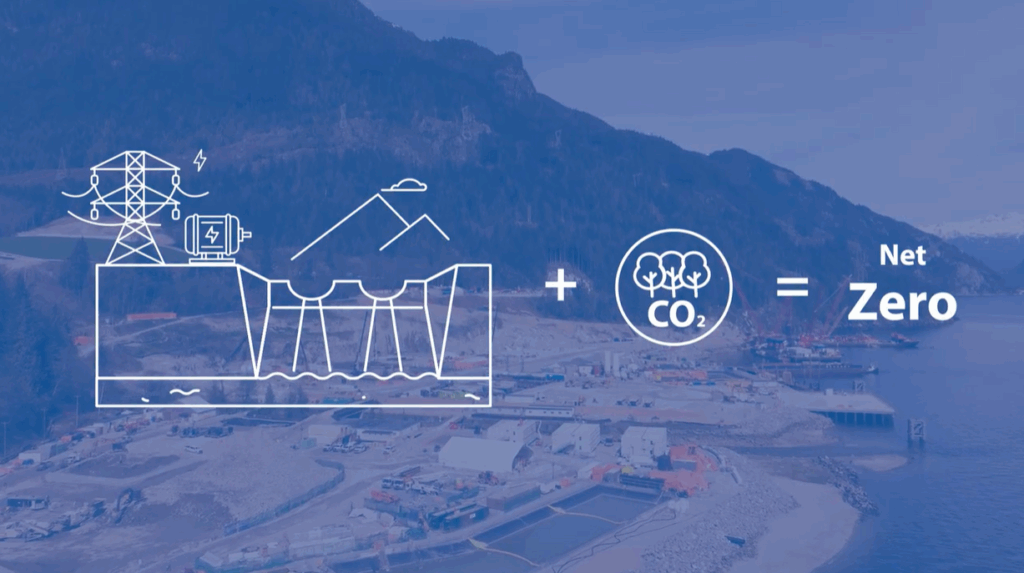News & Insights
Woodfibre LNG Helps Squamish Search and Rescue Make the Backcountry Safer
Nov 13, 2024
In Squamish, the landscape of rainforest, mountains, rivers and ocean enable year-round outdoor recreation ranging from watersports to hiking, biking, camping and exploring the backcountry.
Beyond the view of those exploring the wilderness, there’s an important team working 7 days a week, 365 days a year, to ensure anyone facing trouble in the backcountry gets the help they need to make it home safely to their loved ones.
For nearly 50 years, Squamish Search and Rescue has been a vital part of keeping both locals and visitors safe. It began as a grassroots organization, founded by a local schoolteacher, and has grown significantly since then. Today, it has more than 80 members who volunteer thousands of hours of their personal time to operational readiness training and respond to emergencies. Last year, Squamish Search and Rescue responded to 126 incidents, activating volunteer members who are always on call to assist in an emergency.
Whether locating lost hikers or rescuing injured outdoor enthusiasts, the team is highly skilled in ground search and rescue techniques and emergency first aid. Many members also pursue specialized training in areas like Helicopter External Transport Systems (HETS), technical rope rescue, swift water rescue, mountain rescue, and advanced medical skills. This training allows them to reach, treat, and safely evacuate people from the backcountry whatever the circumstance or setting.
“We are able to help people in the mountains, on the rivers, and while they’re hiking. Wherever they need it, we’re there to assist,” said Gerald Wolfe, Vice President of Squamish Search and Rescue. The Society’s response area spans approximately 2300 square kilometers, extending from Porteau Cove and Deeks Lake in the south to Daisy Lake, near Whistler, in the north. It also covers popular tourist spots such as the Sea to Sky Gondola, Stawamus Chief Provincial Park, and Murrin Provincial Park.
Squamish Search and Rescue is entirely run by volunteers and relies on funding from community partners and the provincial government to stay equipped and prepared, which comes with its own challenges. From securing funding for essential gear to managing day-to-day operations like maintaining equipment and handling administrative tasks, everything requires ongoing support.
“It takes a huge amount of support and work behind the scenes,” Wolfe explained. “From accounting to keeping equipment in good shape, there’s always something that needs to be done to keep us ready.”
Through its Community Partnership Program, Woodfibre LNG, helped the Squamish Search and Rescue team acquire advanced medical equipment to enhance their ability to treat injuries in the field. “The equipment we received from Woodfibre LNG’s funding, like our suction unit and etCO2 monitors, are crucial for providing emergency medical care,” said Cam Stuart, President of Squamish Search and Rescue. “These tools ensure we can continue offering a high level of service.”
The funding also allowed for improvements to response vehicles, boosting the team’s ability to respond to emergencies more quickly and safely. For example, adding lights and sirens to their vehicles has made it easier for the team to navigate safely to rescue sites, improving their readiness during rescue operations.
Squamish Search and Rescue is an invaluable resource for the community, ensuring help is always available for those in need, whether they are locals or visitors exploring the backcountry. With support from organizations like Woodfibre LNG, Squamish Search and Rescue can continue to serve the increasing number of people enjoying Squamish’s natural beauty. As Wolfe put it, “It’s important for us to be ready so that we can get people back home safely to their families.”


